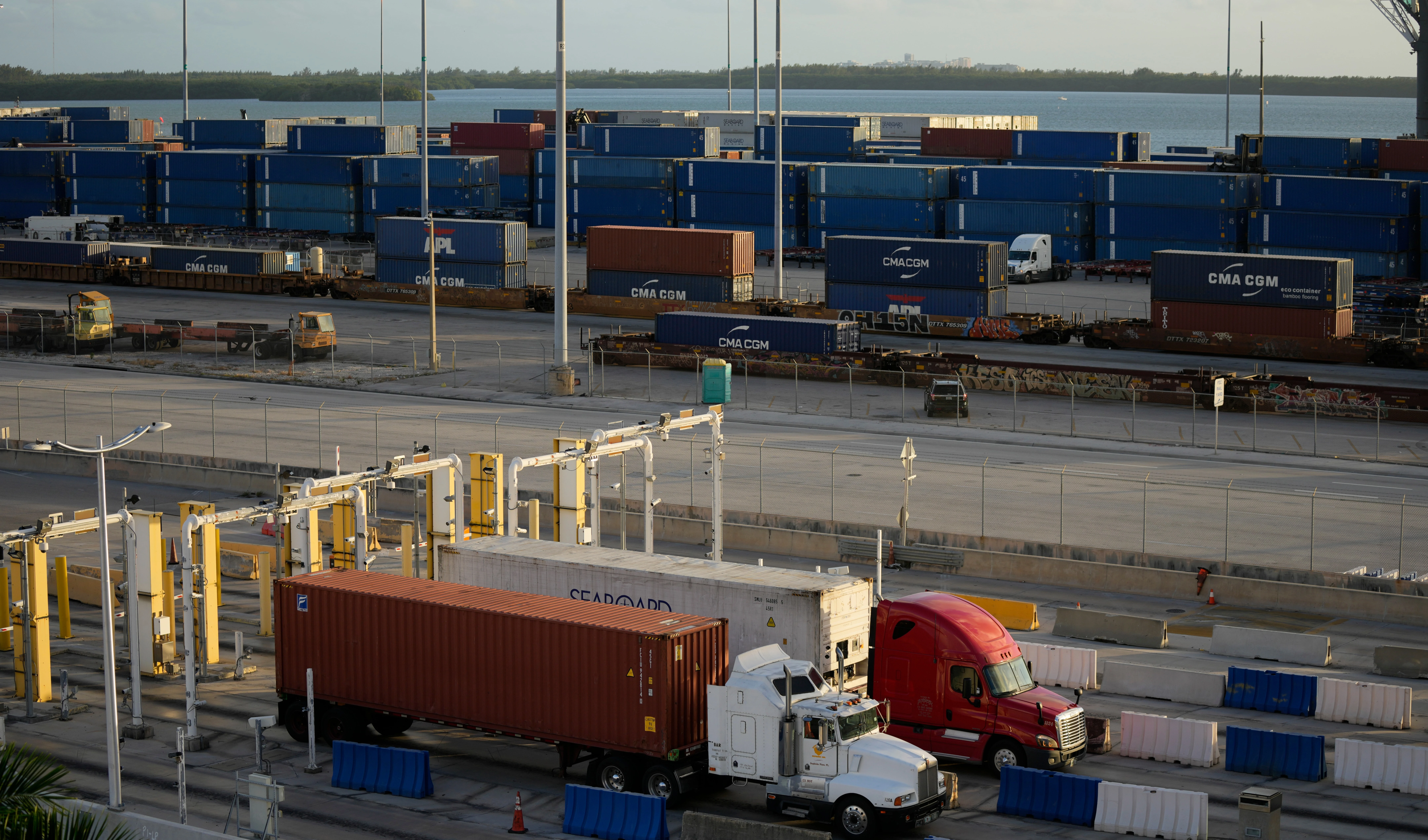Why China’s 5.4% GDP growth in 2025 signals more than just recovery
China’s 5.4% GDP growth in Q1 2025 is more than a sign of recovery; it underscores rising consumer confidence, accelerating industrial innovation, and strategic resilience in the face of global uncertainty.
-
 Shoppers tour a popular outdoor shopping mall in Beijing, Monday, April 14, 2025. (AP Photo/Andy Wong)
Shoppers tour a popular outdoor shopping mall in Beijing, Monday, April 14, 2025. (AP Photo/Andy Wong)
China’s 5.4% GDP growth in the first quarter of 2025 is more than an economic headline, it’s a powerful indicator of strategic resolve and policy maturity. According to Imran Khalid, a special commentator for CGTN and a freelance columnist on international affairs, this figure is a testament to China’s ability to steer through global uncertainty with precision and confidence.
In a world grappling with geopolitical tensions, inflationary pressures, and sluggish recoveries, China’s performance reflects not only resilience, but also a clear intent to lead through transformation.
Khalid emphasizes that China’s economic rebound wasn’t accidental. The 5.4% growth is the result of calculated policy decisions and what he describes as “dogged pragmatism.” With China's GDP growth in 2025 surpassing expectations, Beijing has demonstrated its ability to balance short-term stimuli with long-term reforms, all while managing a complex international environment.
Consumer confidence surprises the West
Retail sales rose 5.9% year-on-year in March, beating forecasts and contradicting narratives of weak domestic demand. Khalid points to a growing, confident middle class and successful use of government-issued consumption vouchers as key drivers.
This uptick in Chinese consumer spending reflects more than seasonal optimism—it suggests renewed trust in the economy’s trajectory and the effectiveness of targeted macroeconomic tools.
March industrial output surged 7.7%, revealing strong momentum in China’s evolving manufacturing sector. Khalid links this directly to the broader “Made in China 2025” initiative, noting that China’s industrial base is pivoting toward high-tech, clean energy, and smart manufacturing.
The author underscores that this progress is supported by structural measures: reduced interest rates, tax relief for start-ups, and strategic investment in future-facing industries.
A strengthening labor market and infrastructure backbone
In Khalid's view, the urban unemployment rate, now at 5.2%, reflects a labor market that’s healing. With job growth in tech, services, and SMEs, employment prospects are improving, even for young graduates.
On the investment side, fixed-asset investment rose 4.2% in Q1, primarily driven by public infrastructure and manufacturing. Khalid explains that while real estate remains a weak link, infrastructure has stepped up as a steady, job-generating force that bolsters productivity.
Furthermore, innovation remains, as per the author, one of China’s most underappreciated economic assets. He highlights a recent announcement by a Chinese startup claiming to rival OpenAI as symbolic of China’s ambitions. Whether or not the claim holds, Khalid argues, it signals deep investment in AI, semiconductors, and digital transformation.
Such investments may not yield instant GDP gains, but they are laying the groundwork for long-term competitiveness in the global economy.
Adjusting to tariffs and realigning trade
Khalid also addresses the US-China trade tensions, now described by some as “Trade War 2.0.” While Q1 may have seen a “pre-tariff rush,” China has steadily reduced its dependence on the US markets. Exports to the US now account for 14.7%, down from nearly 20% in 2018.
This is not merely a trade shift but a strategic diversification, the author explains, with China deepening partnerships across Southeast Asia, the Middle East, Africa, and Latin America.
For Imran Khalid, China’s 5.4% GDP growth in 2025 is not just an economic figure; it’s a signal to the world. A signal that China, despite external pressures and internal reforms, continues to evolve, adapt, and lead with a quiet yet firm hand.
“In today’s uncertain world,” Khalid writes, “China’s growth is not about being unstoppable—it’s about knowing how to steer the storm.”

 4 Min Read
4 Min Read










